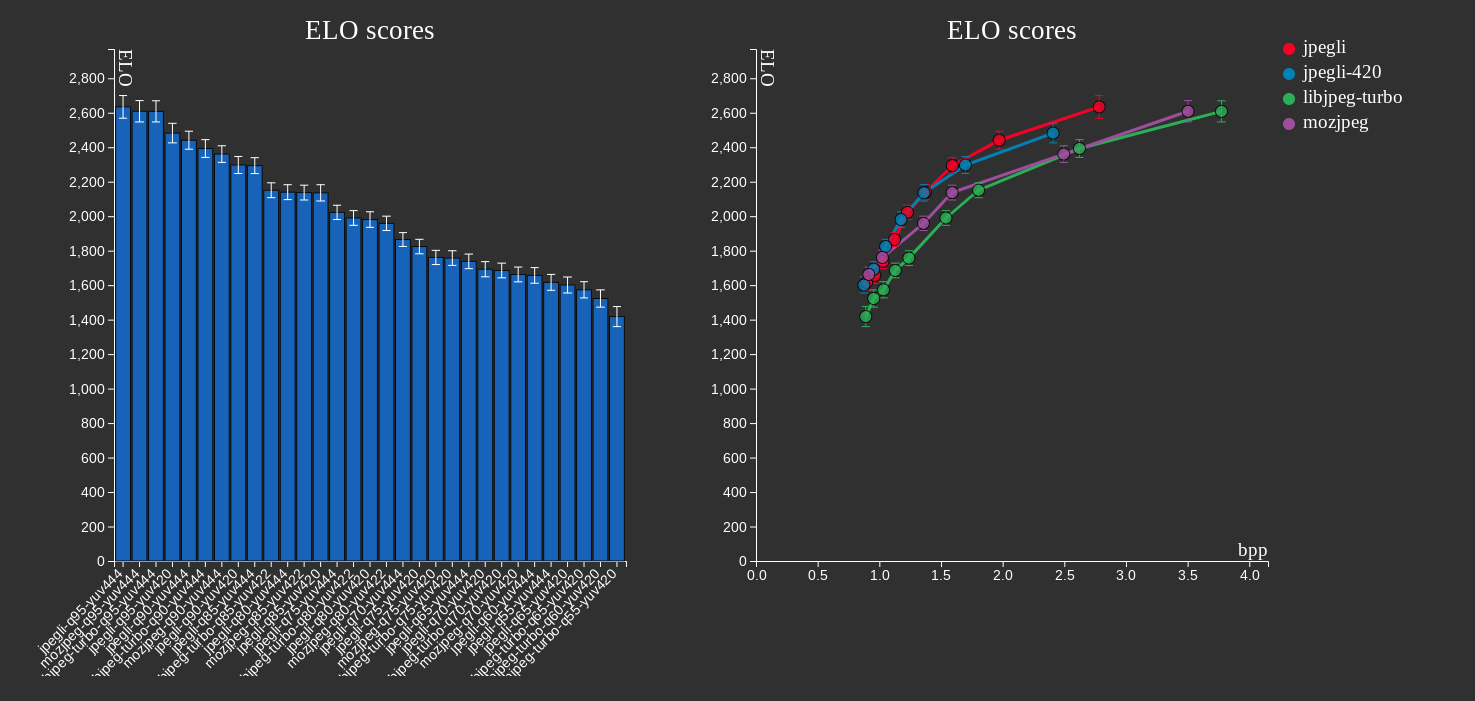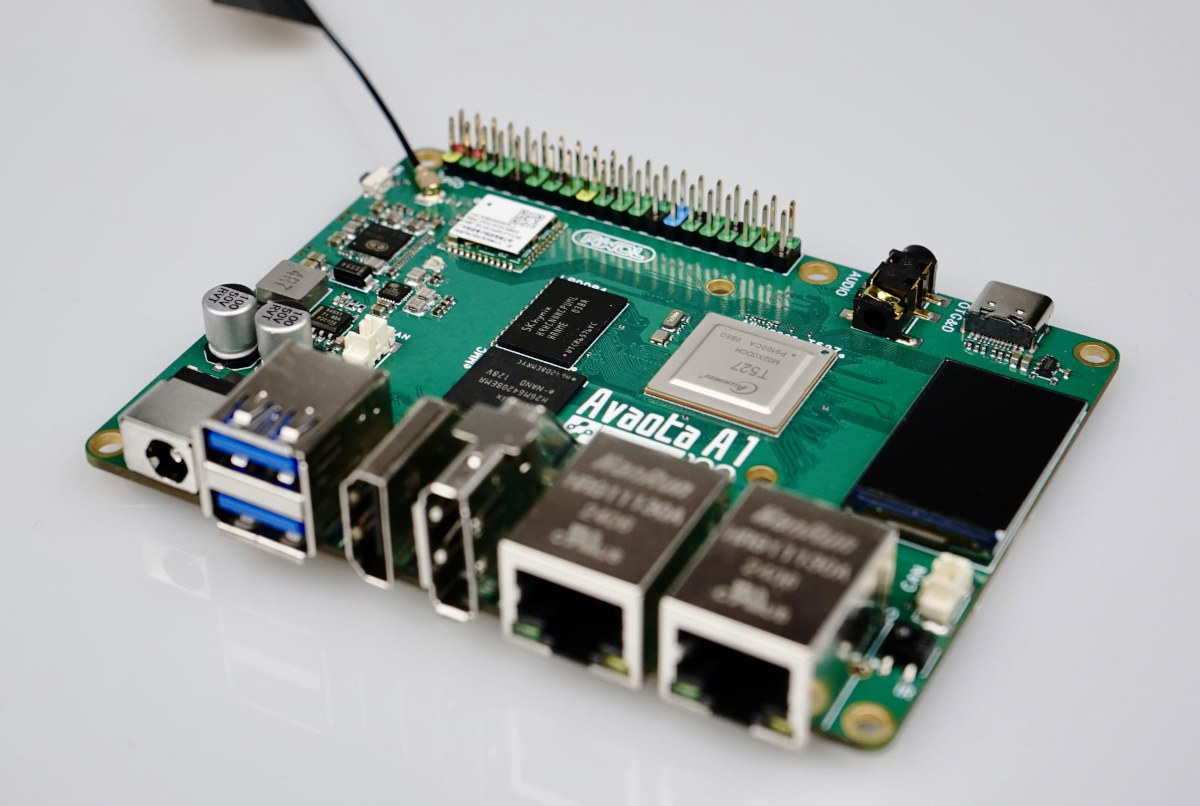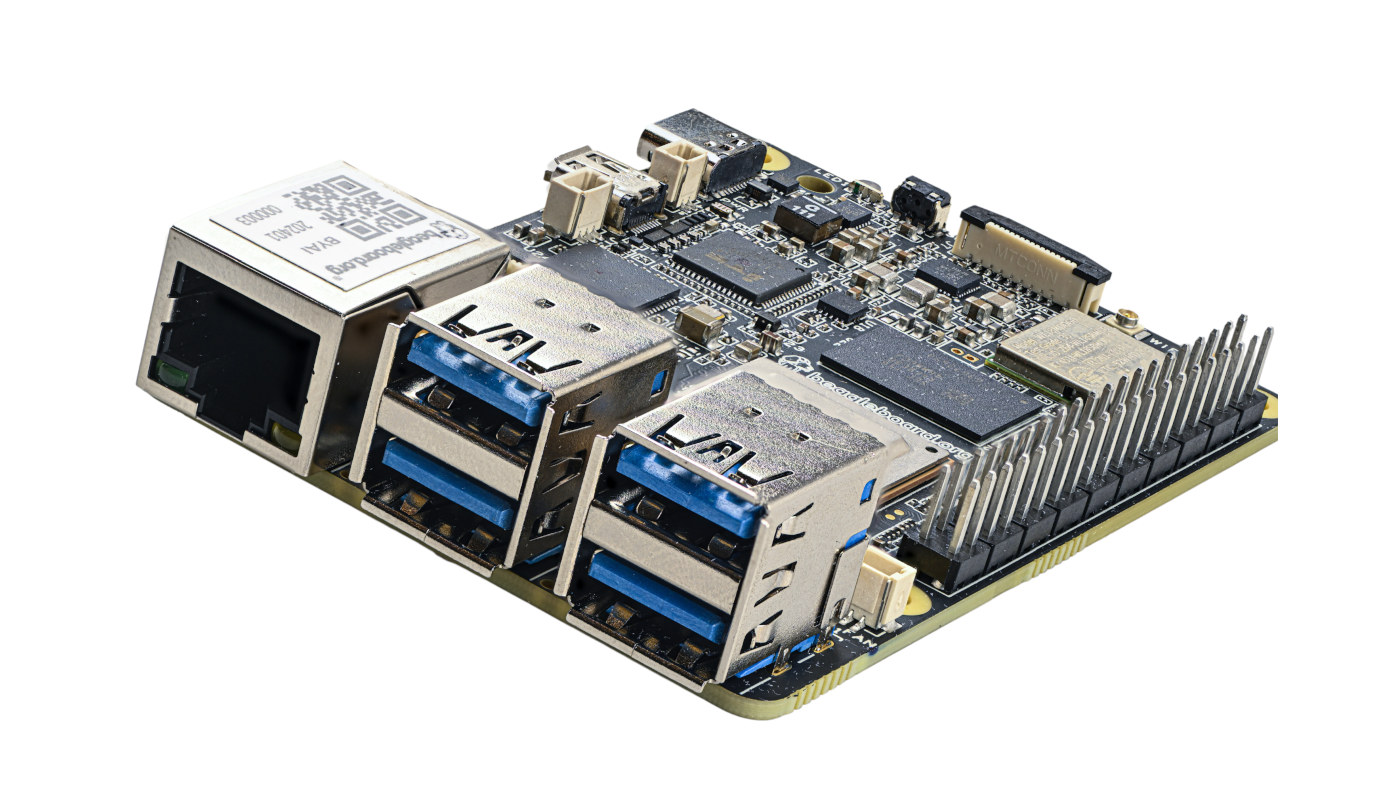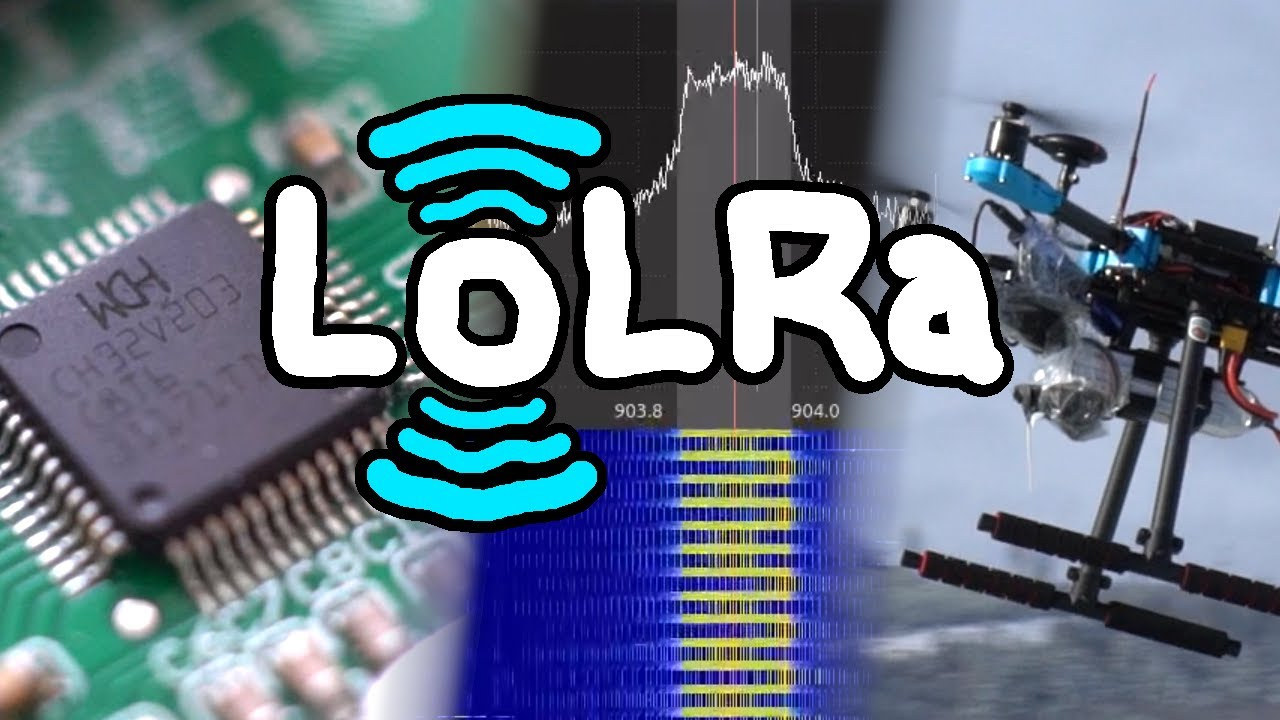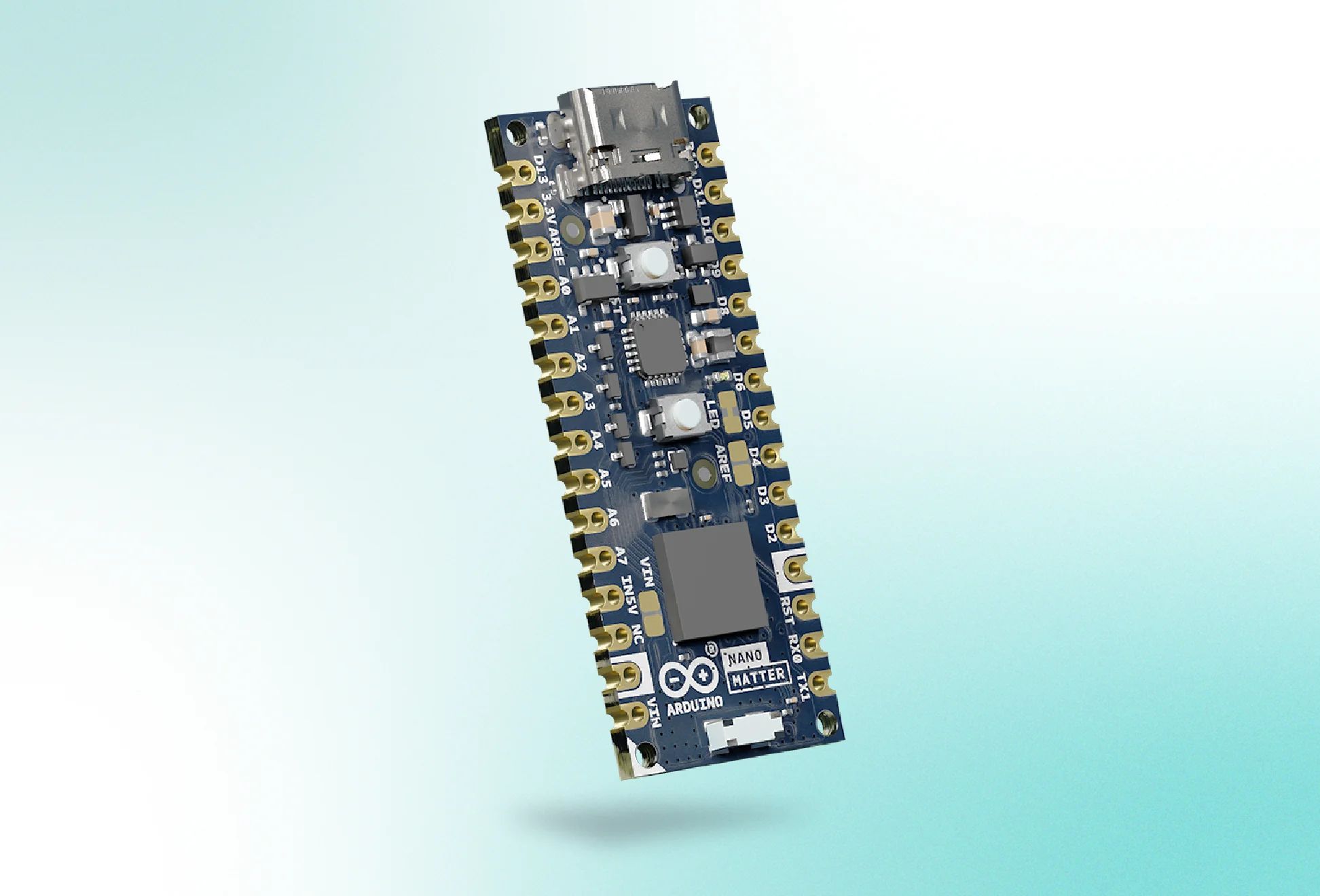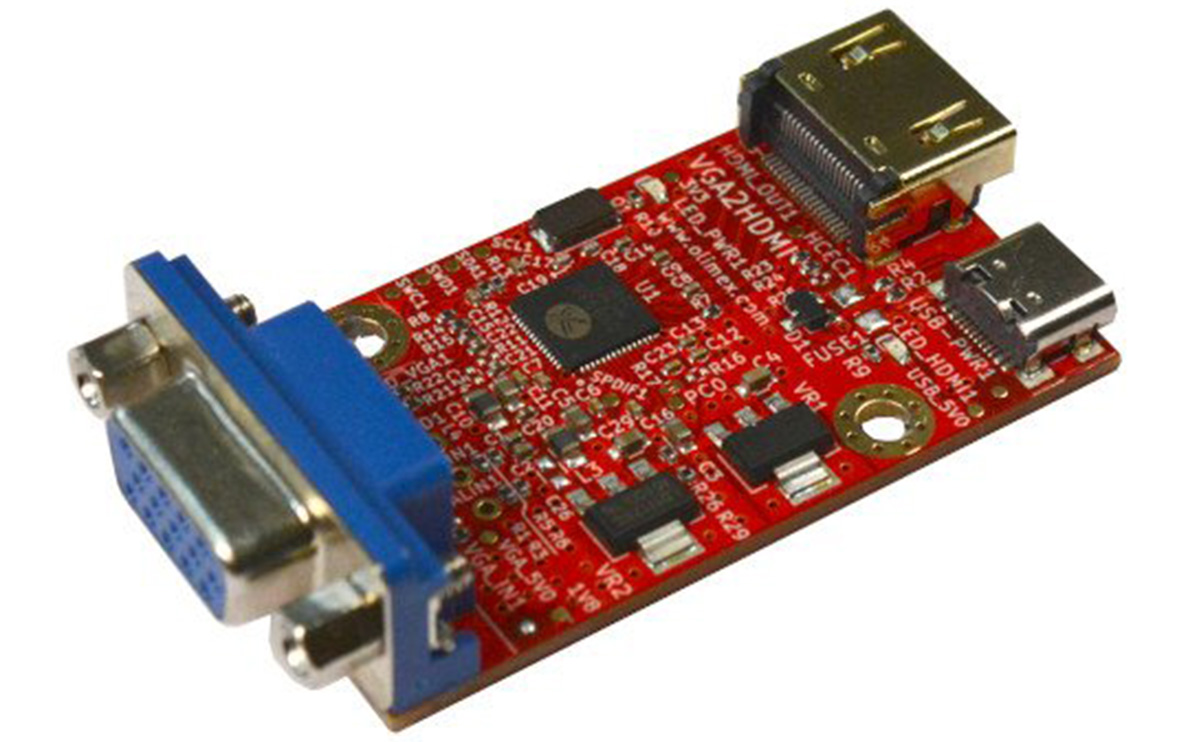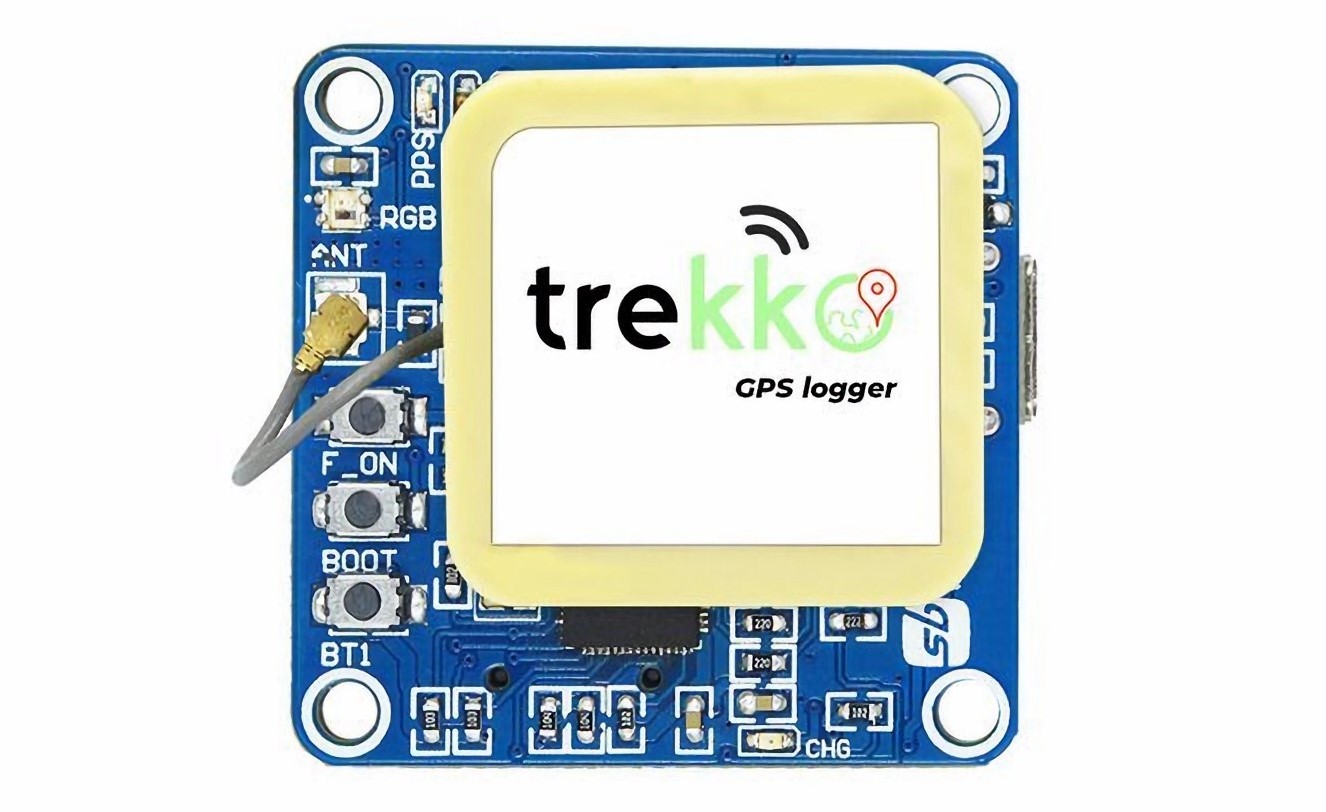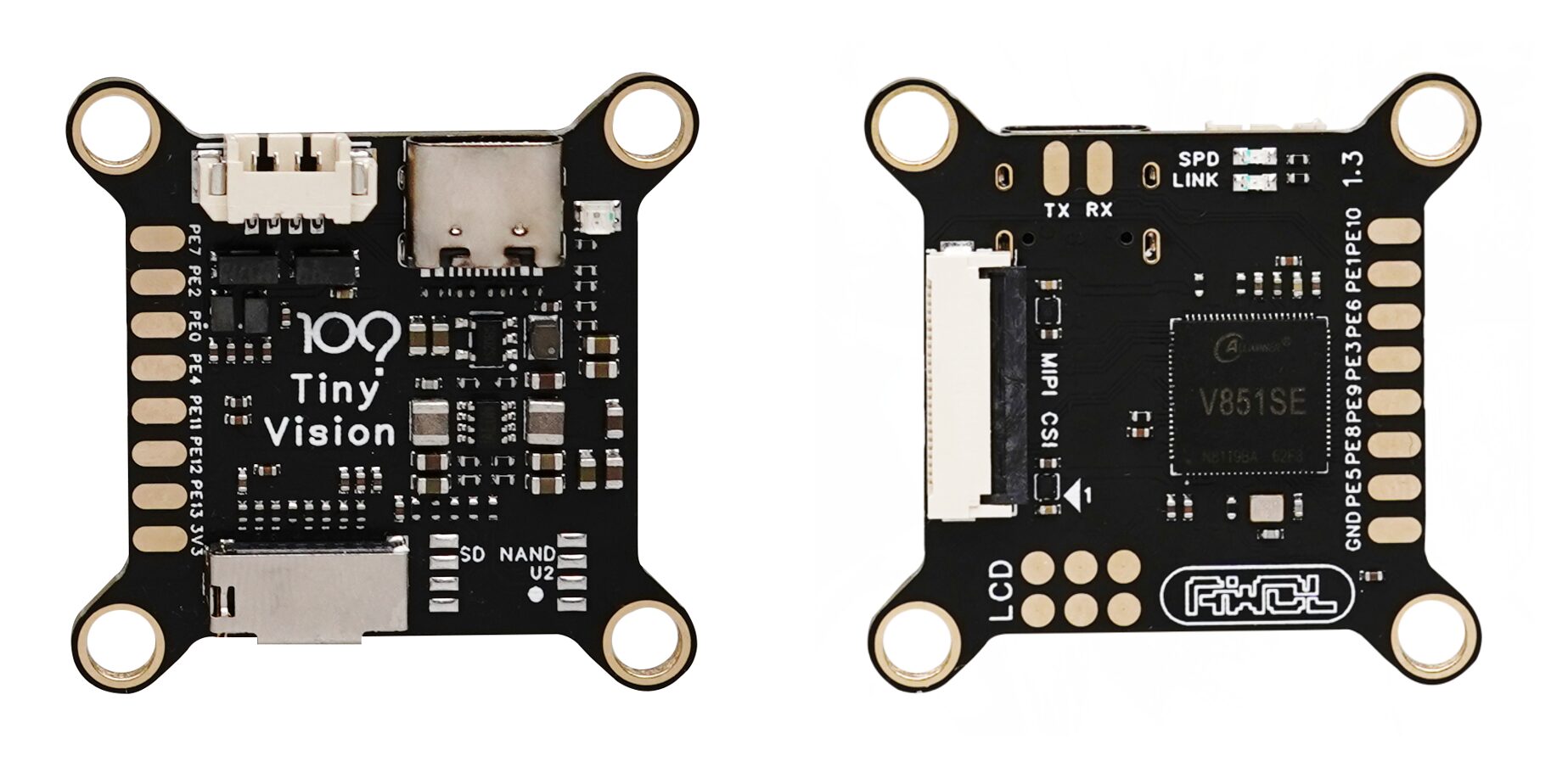Google has released the Jpegli open-source library for advanced JPEG coding that maintains backward compatibility while delivering an up to 35% compression ratio improvement at high-quality compression settings. Google Research has been working on improving the compression of data (Brotli), audio (e.g. Lyra V2), and images with a project such as WebP for many years in order to speed up the web and make it consume less bandwidth for dollar savings and lower carbon emissions. Jpegli is their latest project and aims to improve the compression ratio of legacy JPEG files on systems were modern compression such as WebP may not be available or desirable. Jpegli highlights: Support both an encoder and decoder complying with the original JPEG standard (8-bit) and offering API/ABI compatibility with libjpeg-turbo and MozJPEG. Focus on high-quality results with up to 35% better compression ratio. Just as fast as libjpeg-turbo and MozJPEG. Support for 10+ bits […]
Avaota A1 open-source hardware SBC is powered by Allwinner T527 octa-core Cortex-A55 SoC
We’ve recently covered MYiR Tech MYD-LT527 industrial development board based on Allwinner T527 octa-core Cortex-A55 AI SoC and noted Orange Pi is working on one that should even get mainline Linux support. The Avaoto A1 offers another Allwinner T527 hardware option with an SBC design that’s fully open-source. The board is equipped with up to 4GB RAM, 128GB eMMC flash, HDMI and DisplayPort video outputs, two gigabit Ethernet ports, a WiFi 6 and Bluetooth 5.4 module, a few USB ports, a 3.5mm audio jack and the usual 40-pin GPIO header for expansion. Avaota A1 specifications: SoC – Allwinner T527 (or Allwinner A527 with Avaota A1C board, not sure what the differences are between the two) CPU Octa-core Arm Cortex-A55 processor with four cores @ 1.80 GHz and four cores @ 1.42GHz XuanTie E906 RISC-V core up to 200 MHz GPU – Arm Mali-G57 MC1 GPU with support for OpenGL ES […]
BeagleY-AI SBC features TI AM67A vision processor with 4 TOPS AI accelerators
The BeagleBoard.org Foundation’s BeagleY-AI is an open-source hardware, credit card-sized SBC powered by a Texas Instruments AM67A quad-core Cortex-A53 vision processor with various programmable blocks capable of delivering up to 4 TOPS for AI algorithms. The board ships with 4GB RAM, relies on a microSD card slot for storage and OS booting, implements gigabit Ethernet, WiFi 6, and Bluetooth 5.4 connectivity, and can drive up to three displays via micro HDMI, OLDI (LVDS), and MIPI DSI interfaces. The BeagleY-AI also comes with two MIPI CSI camera interfaces, four USB 3.0 ports, a USB Type-C port, and a 40-pin GPIO header for expansion. We can also see a 16-pin PCIe FPC connector that looks somewhat similar to the 20-pin PCIe connector on the Raspberry Pi 5 but officially supports PCIe Gen3 x1. BeagleY-AI specifications: SoC – Texas Instruments AM67A (J722S) “vision processor” CPU Quad-core 64-bit Arm Cortex-A53 processor at 1.4GHz Arm […]
LoLRa project – Transmitting LoRa packets without radio using CH32V003, ESP8266, or ESP32-S2 MCU
The LoLRa project is a firmware-only LoRa transmission open-source project that works without a Semtech radio and instead relies on an I2S or SPI interface (so not exactly bit-banging) to transmit data with microcontrollers such as WCH CH32V003, or Espressif Systems ESP8266 and ESP32-S2 microcontrollers. LoRa is a proprietary protocol by Semtech, but people have been trying to reverse-engineer the LoRa PHY for years, and this culminated with a LoRa GNU Radio SDR implementation last year. But CNLohr found out you don’t even need a radio to send LoRa packets and you can instead use SPI or I2S interfaces from general-purpose microcontrollers to send packets that can be decoded by commercial off-the-shelf LoRa gateways and other chips. The current implementation is designed for the ITU Region 2 (aka The Americas) targeting the 902-928MHz frequency band, but the code could be changed for Region 1 (EU, Russia, Africa) to target 863-870MHz […]
Arduino Nano Matter board specifications and price announced
The Arduino Nano Matter is the product of a collaboration between Arduino and Silicon Labs. The Nano Matter board was announced in January and is powered by SiLabs’ MGM240S chip. It offers multiple wireless connectivity options such as Matter, OpenThread, and Bluetooth Low Energy. Support for the Matter standard is the Nano Matter board’s key offering. Matter is an open-source, connectivity protocol that lets smart home devices from different manufacturers interoperate seamlessly. The 45mm x 18mm board leverages dual-mode connectivity, with IEEE 802.15.4 (Thread) for mesh networking and Bluetooth Low Energy for short-range communication. It is targeted at the Internet of Things, home automation, professional automation, environmental monitoring, and climate control applications. Prospective industrial applications include machine-to-machine interoperability, machine status monitoring, and worker status optimization. Arduino Nano Matter specs: MPU – SiLabs MGM240SD22VNA MCU core – 32-bit Arm Cortex-M33 with DSP (digital signal processing) instruction and FPU (floating-point unit) @ […]
Olimex VGA2HDMI is an open hardware board for VGA to HDMI conversion
Olimex VGA2HDMI is an open-source hardware VGA-to-HDMI converter specially designed and tested to work with the CERBERUS 2100, AgonLight 2, and Agon Origins boards. The board has a VGA port as input and an HDMI port as output and a USB-C port is there to provide the external power required for the board. In one of our previous posts, we wrote about the NovaVGA Shield, which adds VGA output to your Arduino UNO. Now, with the help of this board, that capability can be extended to HDMI. There are also extenders that carry VGA signals over Ethernet cables, a topic we have covered in another post. With this new board, you can convert that VGA signal to HDMI. It’s not like there aren’t other VGA to HDMI converters on the market; a quick Amazon search gave me the VENTION VGA to HDMI Adapter, but among them, most were HDMI to […]
SB Components’ Trekko Pico is an open-source, RP2040-powered GPS logger with multi-GNSS support
After the success of their Kickstarter campaign, SB Components has now made the Trekko Pico GPS logger available for pre-order. The Trekko Pico is a small location logger for travelers and outdoor enthusiasts that makes it easy to track routes and record their travels. A Raspberry Pi RP2040 powers the Trekko Pico, providing the programming, connectivity, and data logging functionality. The Quectel GNSS L76K module supports the concurrent reception of GPS, GLONASS (or BeiDou), Galileo, SBAS, and QZSS signals, with 32 tracking and 72 acquisition channels. There is a JST 2-pin connector that can be used to attach an external battery, and the Microchip MCP73831 controller is responsible for battery charging and management. Also, users can slot a coin cell into the holder at the back of the board to power a real-time clock for data backup purposes. Potential applications for the Trekko Pico GPS logger include surveillance, telematics, Geographic […]
TinyVision is a compact Allwinner V851S/V851S3-powered Linux board for vision-based applications
Unrelated to tinyVision.ai, the TinyVision development board is a computer vision board from Chinese developer YuzukiTsuru powered by either the Allwinner V851S or the V851S3 and is billed as an “ultimate all-in-one solution for Linux motherboards, IPCs, servers, routers, and more.” It packs features such as a Cortex-A7 core running at 1200MHz, a 2-channel MIPI CSI input, and an independent image signal processor (ISP) capable of a maximum resolution of 2560 x 1440 in a compact form factor. TinyVision specifications: Processor – Allwinner V851SE / V851s3 with Cortex-A7 core @ 1200MHz and RISC-V E907GC core @ 600MHz NPU: 0.5TOPS (tera operations per second) @ INT8 precision Memory – 64MB DDR2 (V851se), 128MB DDR3L (V851s3) Storage – MicroSD card slot (supports UHS-SDR104), onboard SD NAND via SPI Display – 2-lane MIPI DSI (1280 x 720 @ 60fps), RGB LCD (320 x 240 @ 60fps) Video Input ISP with a maximum resolution […]


